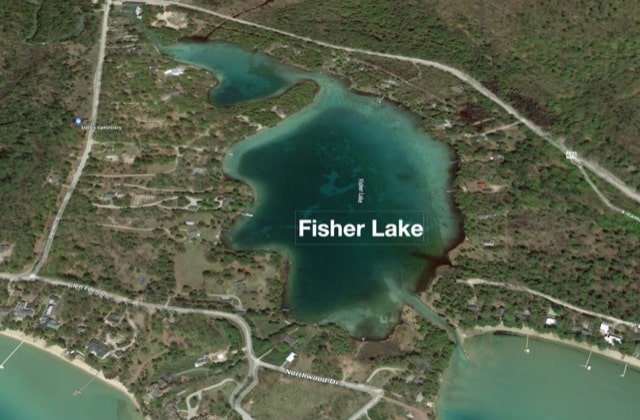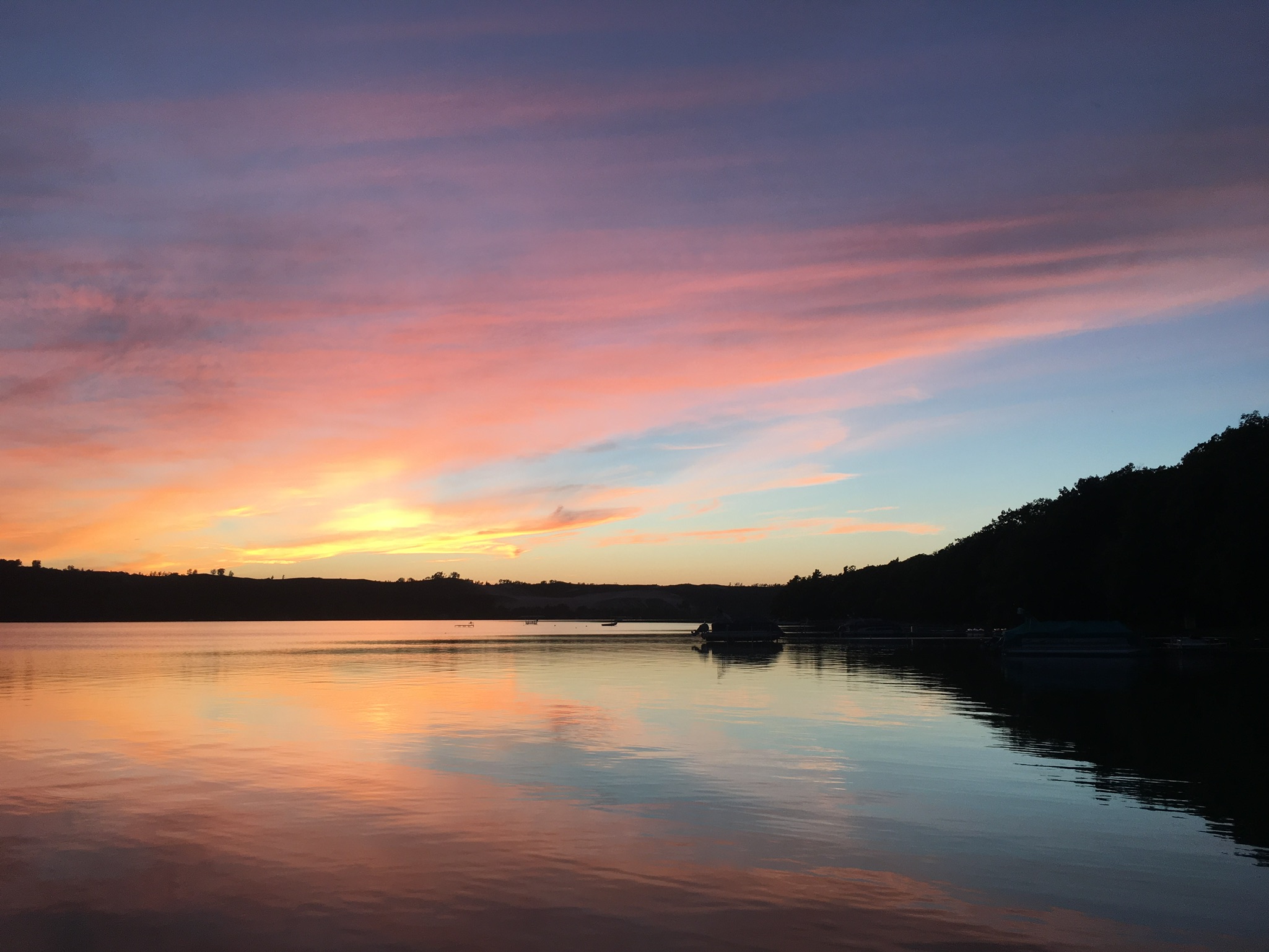WATERSHED 101
A watershed is an area of land that channels rainfall and snowmelt to lakes, rivers and creeks. The Glen Lake/Crystal River Watershed includes almost 30 thousand acres of land which drain into Glen Lake. The watershed provides wildlife habitat, drinking water, and places to boat, fish, and swim. The beauty of Glen Lake is attributable to the quality of the entire watershed, so it’s crucial that we protect the watershed in order to preserve the health of the lake.
The Glen lake/crystal river watershed
The Glen Lake/Crystal River watershed includes over 46 square miles of land. It is home to a portion of the majestic Sleeping Bear Dunes National Lakeshore, Hatlem Creek Preserve, forested ridgelines, and multiple bodies of water, including Glen Lake and the Crystal River.
While these waters are widely known for their scenic beauty, their value as biological resources is just as important. The Glen Lake Association is committed to protecting the entire Glen Lake/Crystal River watershed, drop by drop. Learn more about the work we do to protect the watershed below.
bodies of water in our watershed
The Glen Lake/Crystal River Watershed includes more than just Glen Lake and the Crystal River! Learn about these main bodies of water within the watershed.

Big Glen Lake
- Oligotrophic lake
- 4871-acre surface area
- 10.8 mile perimeter
- Maximum depth of 130 feet
- Minimal vegetation
- Moderately productive
- Primarily sand-bottom substrate

Little Glen Lake
- Mesotrophic lake
- 1415-acre surface area
- 6.5-mile perimeter
- Maximum depth of 13 feet
- Moderate vegetation
- Moderately productive
- Sandy substrate

Fisher Lake
- Oligotrophic lakes
- 58 acre surface area
- 1.95 mile perimeter
- Mix of marl and sand substrate

Crystal River
- Primary outlet of Glen Lake
- Designated cold-water trout stream
- 6.2 miles long
- 15-20 feet wide
- Flow regulated by a dam located at the outlet of Fisher Lake

Hatlem Pond & Creek
- Primary Big Glen tributary located on the southern shore
- Second order cold water stream
- Approximately 1/2 mile of frontage
- Habitat for endangered Michigan monkey flower
- Contains a rare bubbling marl spring

Tucker Lake
- Eutrophic lake
- 15-acre surface area
- Uninhabited
- Owned 100% by the National Park Service

Day Mill Pond
- 7 acre surface area
- Drains into Little Glen through a small stream on the northwest shore
- Uninhabited
- Owned 100% by the National Park Service

Brooks Lake
- Eutrophic lake
- 10-acre surface area
- Drains into Big Glen through a small creek on the eastern shore
- Lightly inhabited
- Lake is owned by private individuals
WATERSHED fun facts
- 29,721 acres of land drain into Glen Lake and its outlet via the Crystal River and on to Lake Michigan
- The watershed crosses over four townships: Glen Arbor (57%), Empire (39%), Kasson (24%), and Cleveland (7%)
- 55% of the watershed is in a forested condition, 22% water, 12% open shrub or grasslands, and only 5% developed land
- 31% of the land within the watershed is owned by the Federal Government, 47% is private property, and 22% is water
- The watershed is governed by a Watershed Protection Plan
Why is the watershed worth protecting?
The Glen Lake/Crystal River Watershed is a uniquely beautiful area treasured by residents and visitors alike. The clean, clear waters within its boundaries remain symbols of the quality of life that northern Michigan has to offer.
However, the fate of the watershed stands at a historic crossroad. As the Leelanau Peninsula and Traverse City regions continue to develop and grow in popularity, the risk to the watershed increases. If we want to continue to enjoy clean and healthy lakes, rivers, and streams, we must be vigilant.
A healthy ecosystem is why people love to live, work, and play in the Glen Lake area. Its beauty and recreational activities are second to none. But, if pollution is unchecked and water quality degrades, many of these activities will be jeopardized. Contamination of the lakes and river could lead to increased blooms of aquatic plants; murky and green water; and poor conditions for swimming, boating, and fishing.
The Glen Lake Association has the tools and techniques necessary to preserve water quality. We work to protect the integrity of the watershed’s aquatic and terrestrial ecosystems, and we educate community members about land and water management practices. These practices conserve and protect the precious natural resources within the watershed. Read more about what we do to protect water quality at the link below.
watersheds & The Life Cycle of a Rain Drop
When it rains or snows, stormwater or snow melt can enter the watershed in two ways—by soaking into the dry ground or by running over hard surfaces into a nearby waterbody. When stormwater soaks into the ground, it becomes part of the “groundwater.” Over time, groundwater filters through layers of soil, rocks, or sand before possibly supplying a nearby spring or household water well.
Alternatively, water may run onto and over hard non-porous (i.e. impervious) surfaces such as roofs, driveways, and roads. It could run through a construction site or dash across a recently fertilized lawn. Along the way, this stormwater “runoff” collects tiny particles of sand, soil, and pollutants which lie within its path.
As these particles accumulate in the water flow, they have a profound affect on the life cycles of plants, animals, and other elements which play a role in the ecosystem. In other words, typical everyday activities of those who live, work, and play within the watershed have a significant impact on its health!




